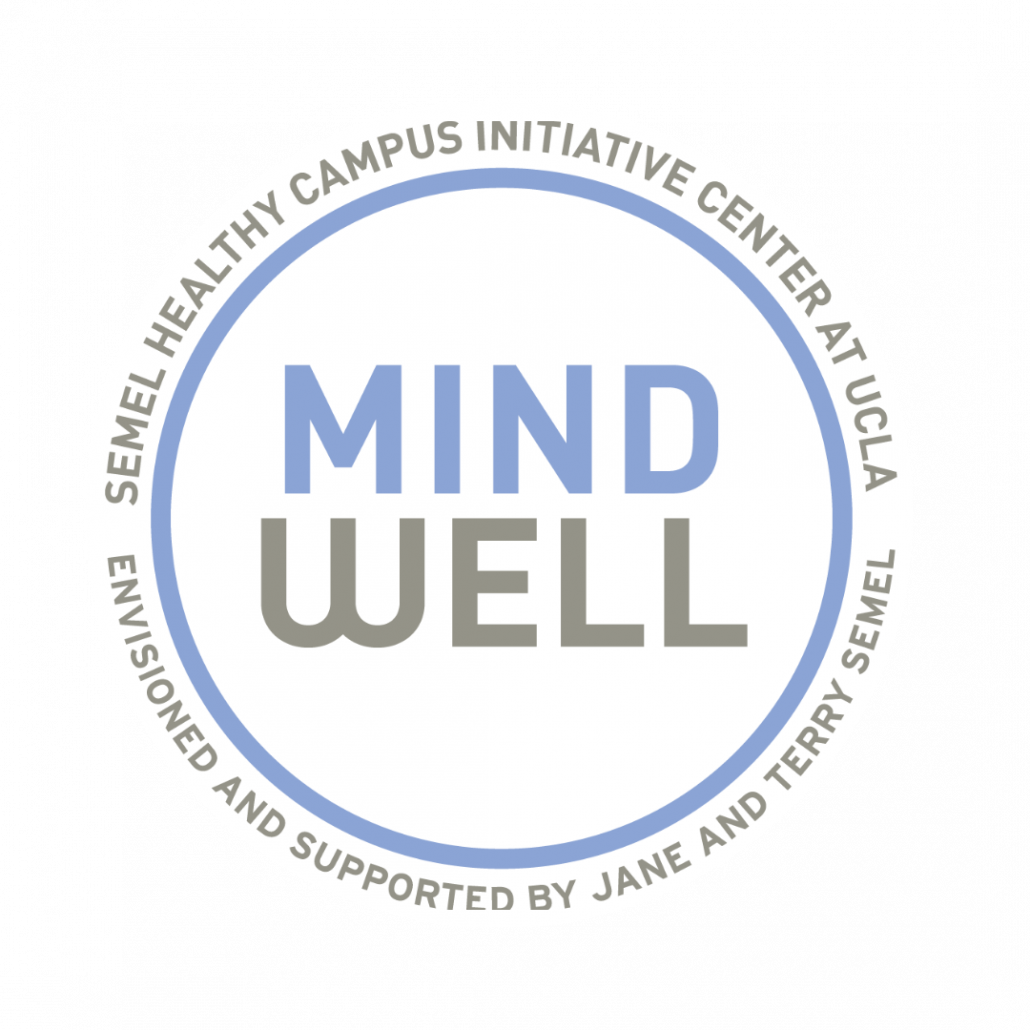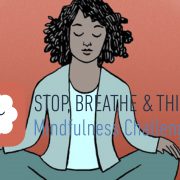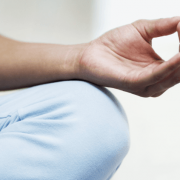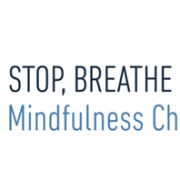How to Meditate
Have you ever thought of trying meditation but been intimidated or confused about how to get started? The basic principles of mindfulness meditation are not complex and can be learned.
To meditate we use our normal ability to direct our attention. We direct our attention all the time –for example, paying attention when reading a text. Admittedly, in meditation we use our attention in two somewhat unusual ways.
- First we decide to place attention on a “neutral” part of experience (“neutral” meaning something real, but not very stimulating) such as the sensation of the breath. Focusing on the breath works to calm the mind and body. It takes effort because we are trying to focus on something that is not pulling at our attention. It is a continuing decision to keep trying, and it definitely can be done. Most meditation methods begin one way or another with this type of activity: deciding to place the attention on something neutral (a “home base” for attention) and then we continue to do it for a while. It gets easier with time.
- Try as we might to stay with the breath, at some point we will realize that our attention has been drawn elsewhere. Here we use our attention in the second way. We simply take notice of what has pulled our attention – often thoughts and images, that is, normal mental activity such as planning for lunch, mulling over a paper we are writing, or thinking about a problem we have – but without trying to get rid of it or control it. We practice being aware of what pulled our attention away without forgetting the core activity we are doing. Just notice – and then continue the meditation by simply shifting the attention back to the breath. We do not have to get rid of any of the distraction, it may pull our attention again, and that is normal. In doing this we can begin to see how helpful it is to bring awareness carefully into all aspects of our experience.
The model of a pendulum is one way to think about meditation– we decide to place our attention for a while with the breath or some other neutral home base. When we notice the attention has been pulled away from the home base, we remember to include and give some attention to whatever it is for a few moments, and then return back to the breath. Back and forth. No rush. Even though the method is simple and do-able, it takes patience — and it does get easier with practice.
Mindfulness meditation is a combination of “something to do,” directing attention to the home base, and giving yourself permission to simply be aware of what presents itself.
With emotions, we try to feel the palpable physical sensations often felt in the chest or belly. These sensations are normal components of our emotions and this practice is especially helpful with difficult emotions like anxiety, fear, and anger. We shift attention from the thoughts to the sensations in our bodies. For many of us this can takes practice, but is a valuable skill we can develop. We begin to see for ourselves that we have within our own awareness a powerful tool – we can have more freedom in the midst of difficult emotions even when they do not automatically go away.
This mindfulness meditation method is not complex and can be learned and practiced. At UCLA there are many opportunities to practice mindfulness meditation. The UCLA Mindful Awareness Research Center (MARC) offers a number of resources including:
- Free guided meditations you can try right now
- Free drop-in meditation sessions Mon-Thurs from 12:30pm-1pm in different locations around campus
- Six-week mindfulness classes (free to UCLA students)
- Day-long meditation retreats that combine instruction in sitting, standing, and walking meditation with plenty of support for beginners (free to UCLA students)
If you are interested in delving more deeply, I will also be teaching a 4-credit course (PSYI 175: Mindfulness Practice and Theory) in Summer Session A 2018. The course will cover the basics of mindfulness as well some philosophical and scientific issues related to mindfulness. You are welcome to contact me for questions about this course, mindfulness, or any related topic.
, Ph.D, is the Associate Director of the UCLA Mindful Awareness Research Center (MARC) and and Adjunct Associate Professor of Psychiatry and Biobehavioral Sciences in the David Geffen School of Medicine at UCLA. He has been teaching mindfulness meditation for over fifteen years, including the UCLA MAPS courses as well as a summer undergraduate course at UCLA (Psychiatry 175: Mindfulness Practice and Theory).











